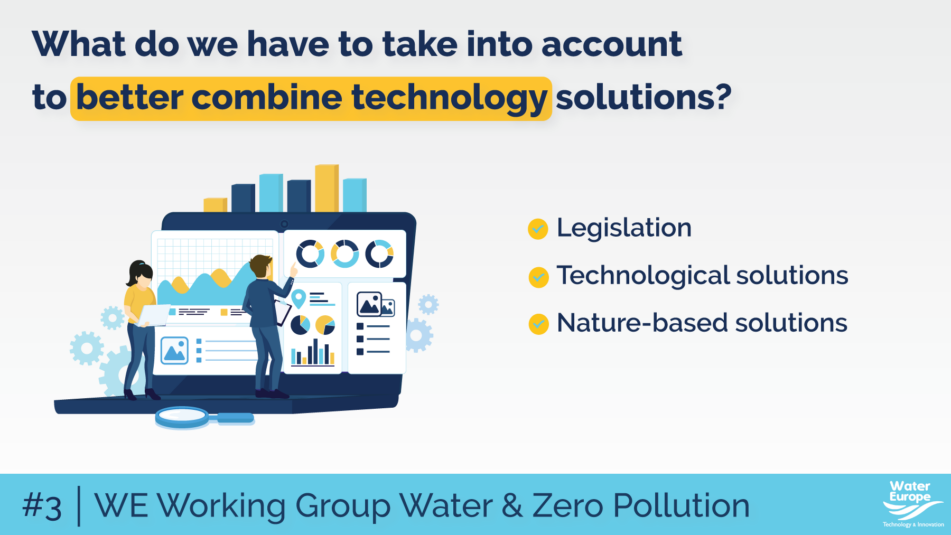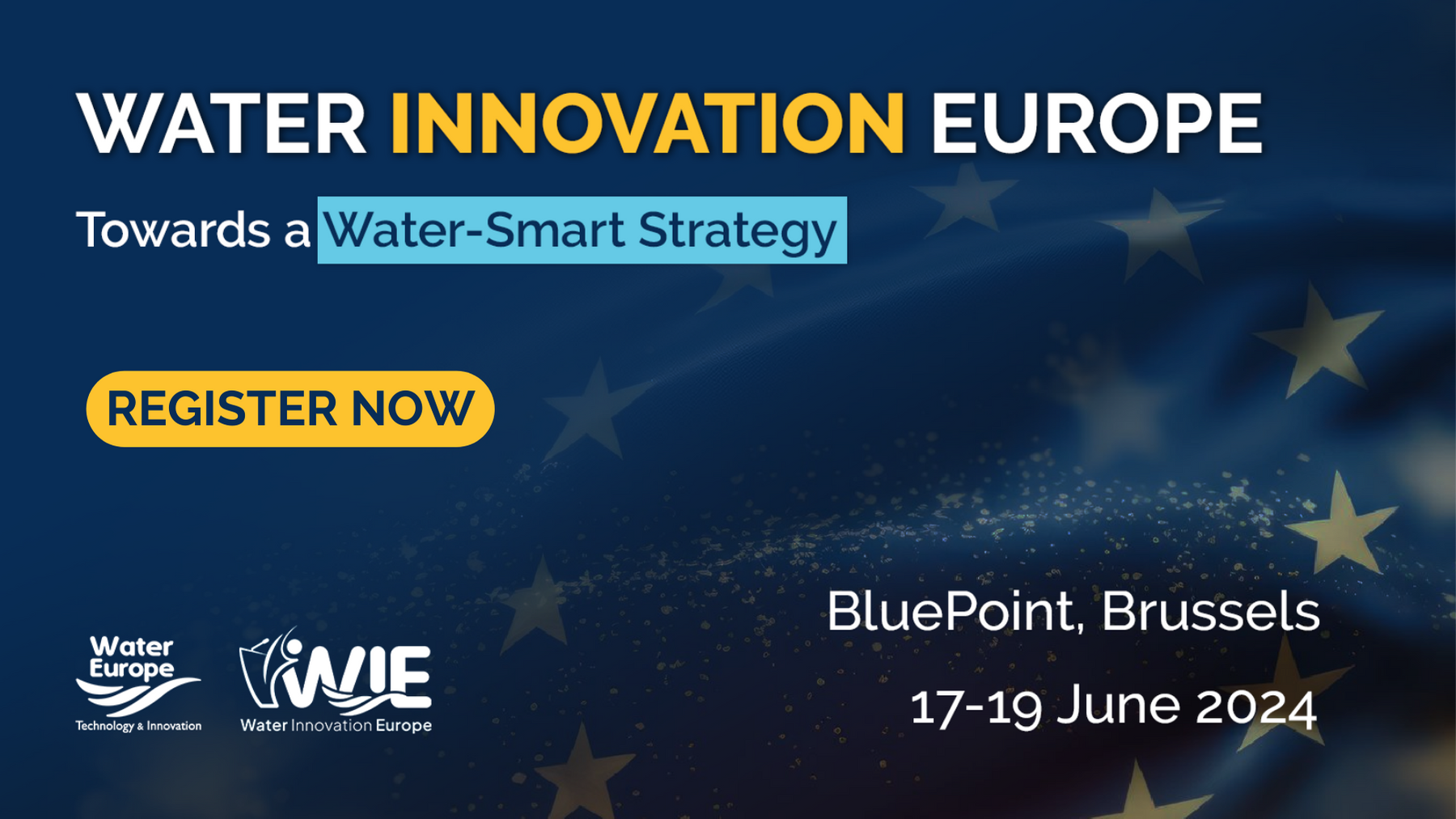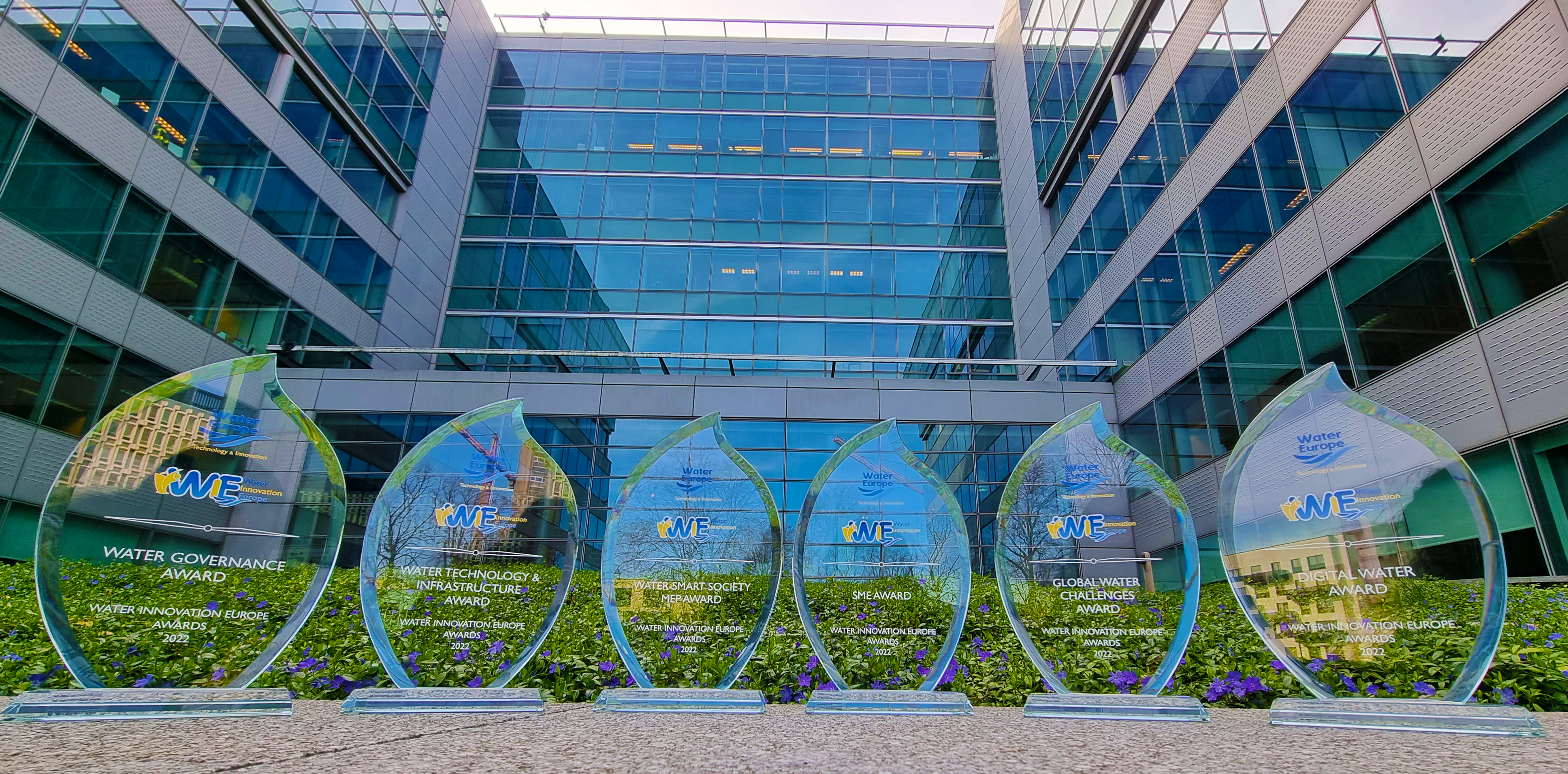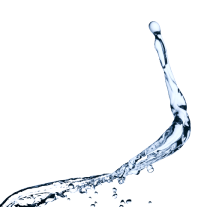Legislation is a significant driver. The recent publication of EU Regulation 2020/741 on the minimum requirements for the reuse of water in irrigation define values for target indicators. However, these mainly focus on physicochemical and microbial parameters, but specific attention must also be paid to the presence of a wider range of CECs and more polar, persistent compounds such as PFAS.
The current trend in urban wastewater tertiary or quarterly treatment for the removal of such contaminants and potentially harmful generated by-products is based on the combination/integration of technologies to maximise opportunities by exploiting advantages whilst overcoming their weaknesses. Currently the most commonly integrated/combined technical approaches for CEC abatement at full/commercial scale are: ozone and granular activated carbon; ozone/AOP and biological active filters (BAF) and membranes.
In addition, solutions using natural systems (like nature-based solutions) relying on concepts such as natural capital ecosystem services and green infrastructure are becoming increasingly popular among built-environment professionals, policymakers and researchers.
Still knowledge gaps must be tackled. Some of them are:
-what exactly occurs with CECs and PFAs within NBS systems? What is the evolution of their concentration in the biofilm and microbiota generated in roots?
-are contaminants metabolized or only adsorbed? Would a saturation/stationary state be achieved in such nature-based systems?
-potential benefits on NBS (such as wetlands) combination with pre- or post- advanced oxidation technologies for improving their efficiency.
